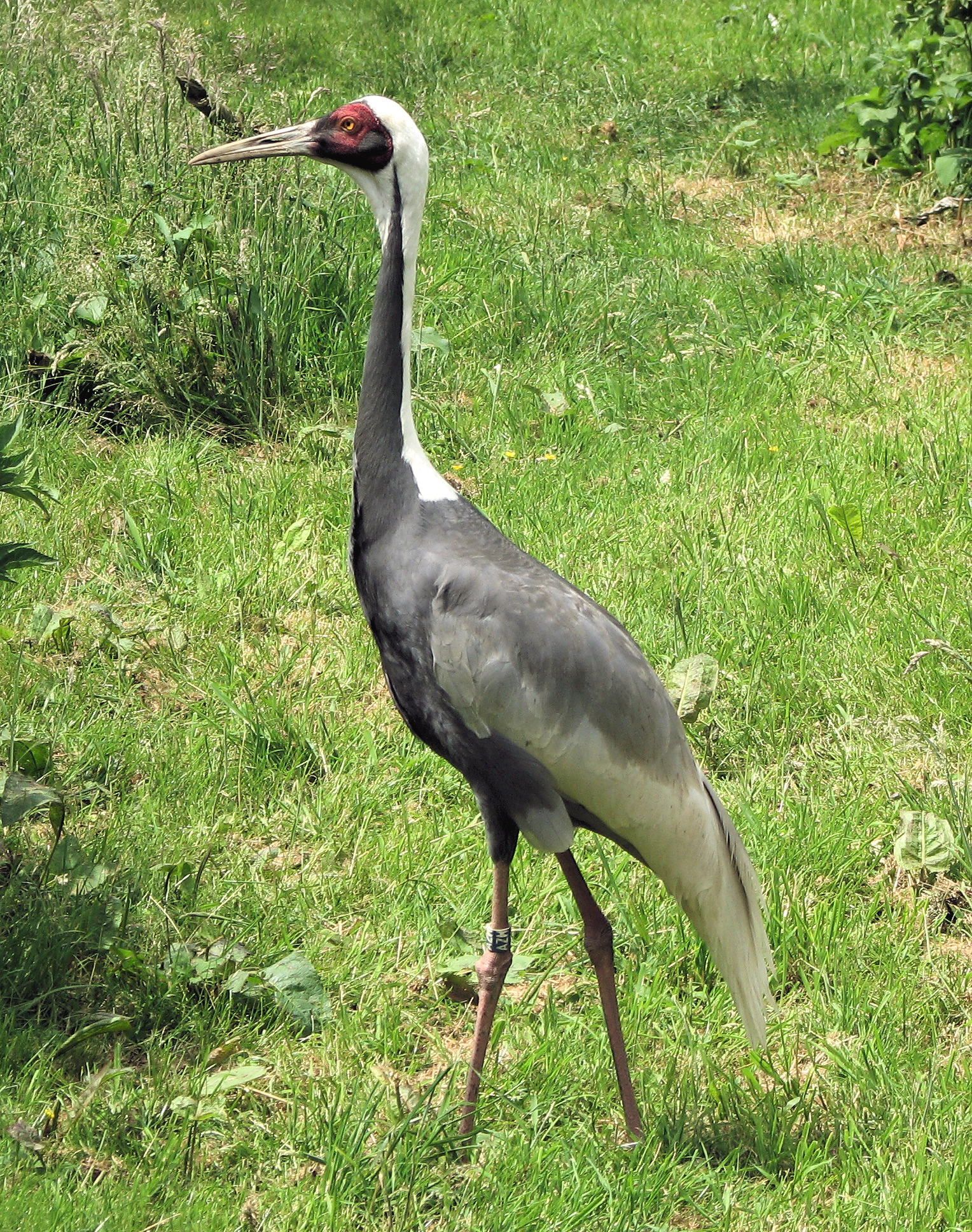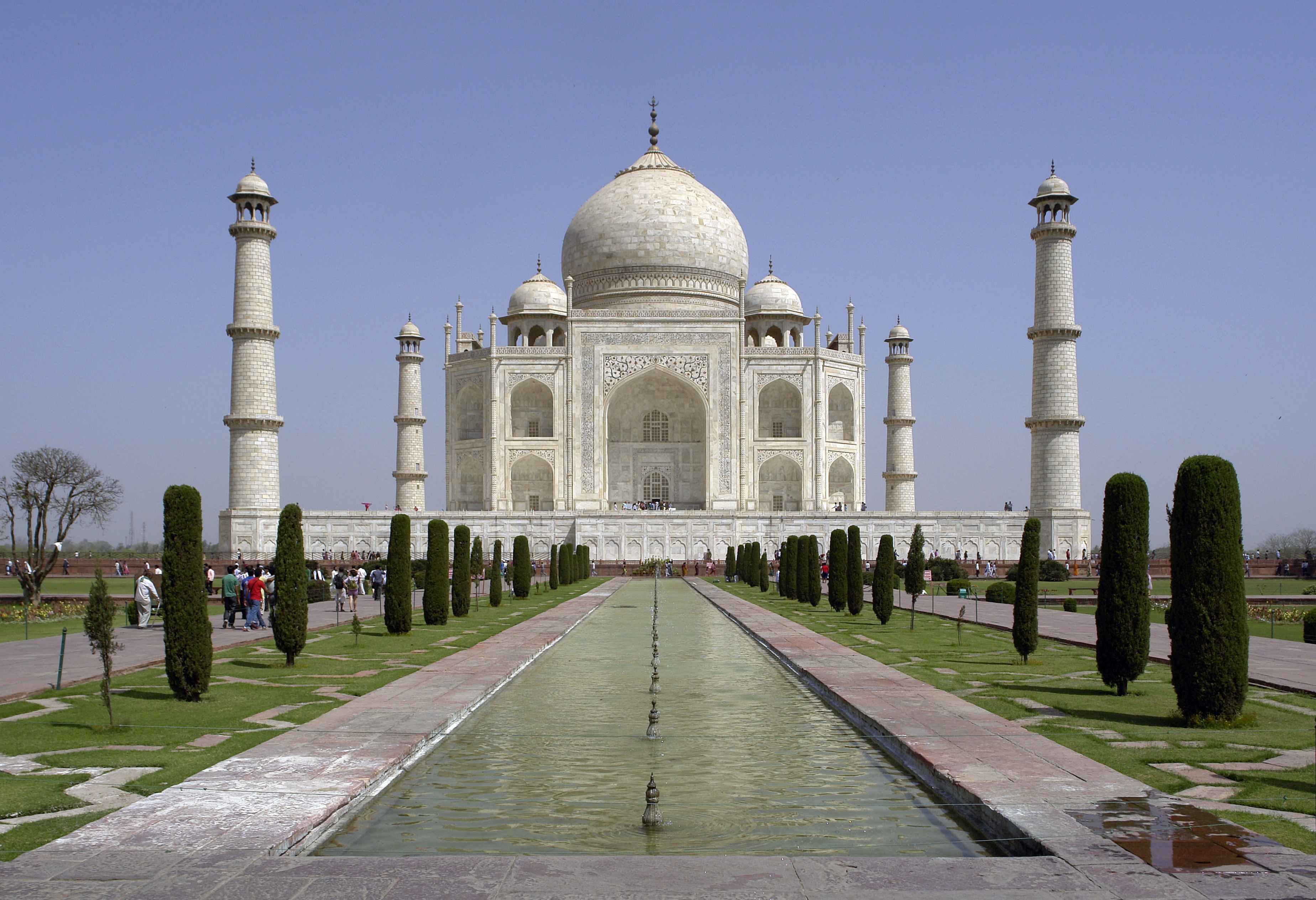|
Dornod Mongol Biosphere Reserve
Mongol Daguur Biosphere Reserve is a nature reserve in the Dornod Aimag (Province) in eastern Mongolia, preserved as an example of one of the largest areas of intact grassland in the world. It covers and was designated as a UNESCO Biosphere Reserve in 2005. Together with Ugtam Nature refuge and Daursky Nature Reserve in Russia it constitutes a World Heritage Site named "The Landscapes of Dauria". History Mongol Daguur was declared a biosphere reserve by UNESCO in 2005. A biosphere reserve aims to preserve the environment while allowing local communities to be involved in sustainable development. The core area of a biosphere reserve is strictly protected, the buffer zone is used for research and similar activities, and the transition zone allows the local communities to undertake ecologically sustainable activities. Description Mongol Daguur has a total area of and is located between 46°06' to 46°52'N and 116°11' to 118°27'E. Its altitudinal range is between above sea lev ... [...More Info...] [...Related Items...] OR: [Wikipedia] [Google] [Baidu] |
List Of World Heritage Sites By Year Of Inscription
This is a list of the UNESCO World Heritage Sites around the world by year of inscription, selected during the annual sessions of the World Heritage Committee. The first World Heritage Site in the list is the Galápagos Islands. The 24th session in 2000 inscribed the most with 61 entries, while the 13th session in 1989 only inscribed seven sites. (F) denotes a country's first inscription. 1978 (2nd session) 12 sites (8 cultural, 4 natural)Host: 1979 (3rd session) 45 sites (34 cultural, 8 natural, 3 mixed)Host: 1980 (4th session) 27 sites (22 cultural, 5 natural)Host: 1981 (5th session) 26 sites (15 cultural, 9 natural, 2 mixed)Host: 1982 (6th session) 24 sites (17 cultural, 5 natural, 2 mixed)Host: 1983 (7th session) 29 sites (19 cultural, 9 natural, 1 mixed)Host: 1984 (8th session) 22 sites (15 cultural, 7 natural)Host: 1985 (9th session) 30 sites (25 cultural, 4 natural, 1 mixed)Host: 1986 (10th session) 29 sites (23 cultural, 5 natural, 1 mixed)Host: ... [...More Info...] [...Related Items...] OR: [Wikipedia] [Google] [Baidu] |
World Heritage Committee
The World Heritage Committee selects the sites to be listed as UNESCO World Heritage Sites, including the World Heritage List and the List of World Heritage in Danger, defines the use of the World Heritage Fund and allocates financial assistance upon requests from States Parties. It comprises representatives from 21 state parties that are elected by the General Assembly of States Parties for a four-year term. These parties vote on decisions and proposals related to the World Heritage Convention and World Heritage List. According to the World Heritage Convention, a committee member's term of office is six years. However many State's Parties choose to voluntarily limit their term to four years, in order to give other States Parties an opportunity to serve. All members elected at the 15th General Assembly (2005) voluntarily chose to reduce their term of office from six to four years. Deliberations of the World Heritage Committee are aided by three advisory bodies, the IUCN, ICOMO ... [...More Info...] [...Related Items...] OR: [Wikipedia] [Google] [Baidu] |
Dornod Province
Dornod ( mn, Дорнод, ; "East") is the easternmost of the 21 aimags (provinces) of Mongolia. Its capital is Choibalsan. Population Halh are the ethnic majority of the Dornod aimag, but Buryat ethnic group is 22.8% of population total (17,196 in 2000, census) concentrated in the north-eastern sums of Dashbalbar, Tsagaan-Ovoo, Bayan-Uul, Bayandun and aimag capital Choibalsan. There are several small ethnic groups: Barga (populates Gurvanzagal and Hölönbuir sums), Uzemchin (are present in Sergelen, Bayantümen, Bulgan, Chuluunhoroot sums and Choibalsan city), Hamnigan ethnic group ( Bayan-Uul and Tsagaan-Ovoo sums). History The aimag was created during the administrative reorganisation of 1941 with the name of ''Choibalsan'', after the communist leader Khorloogiin Choibalsan. The capital, which previously had been called ''Bayan Tümen'', also received the name Choibalsan. In 1963, the aimag was given the current name ''Dornod''. Transportation The ... [...More Info...] [...Related Items...] OR: [Wikipedia] [Google] [Baidu] |
Mongolia
Mongolia; Mongolian script: , , ; lit. "Mongol Nation" or "State of Mongolia" () is a landlocked country in East Asia, bordered by Russia to the north and China to the south. It covers an area of , with a population of just 3.3 million, making it the world's most sparsely populated sovereign nation. Mongolia is the world's largest landlocked country that does not border a closed sea, and much of its area is covered by grassy steppe, with mountains to the north and west and the Gobi Desert to the south. Ulaanbaatar, the capital and largest city, is home to roughly half of the country's population. The territory of modern-day Mongolia has been ruled by various nomadic empires, including the Xiongnu, the Xianbei, the Rouran, the First Turkic Khaganate, and others. In 1206, Genghis Khan founded the Mongol Empire, which became the largest contiguous land empire in history. His grandson Kublai Khan conquered China proper and established the Yuan dynasty. After the co ... [...More Info...] [...Related Items...] OR: [Wikipedia] [Google] [Baidu] |
UNESCO
The United Nations Educational, Scientific and Cultural Organization is a specialized agency of the United Nations (UN) aimed at promoting world peace and security through international cooperation in education, arts, sciences and culture. It has 193 member states and 12 associate members, as well as partners in the non-governmental, intergovernmental and private sector. Headquartered at the World Heritage Centre in Paris, France, UNESCO has 53 regional field offices and 199 national commissions that facilitate its global mandate. UNESCO was founded in 1945 as the successor to the League of Nations's International Committee on Intellectual Cooperation.English summary). Its constitution establishes the agency's goals, governing structure, and operating framework. UNESCO's founding mission, which was shaped by the Second World War, is to advance peace, sustainable development and human rights by facilitating collaboration and dialogue among nations. It pursues this objective t ... [...More Info...] [...Related Items...] OR: [Wikipedia] [Google] [Baidu] |
Man And The Biosphere Programme
Man and the Biosphere Programme (MAB) is an intergovernmental scientific program, launched in 1971 by UNESCO, that aims to establish a scientific basis for the improvement of relationships between people and their environments. MAB's work engages fully with the international development agenda—specially with the Sustainable Development Goals and the Post 2015 Development Agenda—and addresses challenges linked to scientific, environmental, societal and development issues in diverse ecosystems; from mountain regions to marine, coastal and island areas; from tropical forests to dry lands and urban areas. MAB combines the natural and social sciences, economics and education to improve human livelihoods and the equitable sharing of benefits, and to safeguard natural and managed ecosystems, thus promoting innovative approaches to economic development that are socially and culturally appropriate, and environmentally sustainable. The MAB program provides a unique platform for coop ... [...More Info...] [...Related Items...] OR: [Wikipedia] [Google] [Baidu] |
Daursky Nature Reserve
The Daurian Nature Reserve (Даурский заповедник ''Daurskiy zapavyednik'') is a Russian 'zapovednik' (strict nature reserve) situated in the southern part of the Zabaykalsky Krai in Siberia, Russia, close to the border with Mongolia. It is part of a World Heritage Site named "The Landscapes of Dauria". The reserve has been established in 1987 to protect the dry steppes and wetlands of South Siberia. It is contiguous with the Dornod Mongol Biosphere Reserve in Mongolia, a area of steppe immediately to the south. The reserve comprises 222,965.00 ha, of which about 173,201.00 ha constitute the buffer zone. The core area is of about 49,764.00 ha and is divided into 9 plots. The buffer zone of the reserve covers the Torey Lakes, two large lakes called Barun-Torey and Zun-Torey. Ecoregion and climate The Daurian Reserve is located in the Daurian forest steppe ecoregion, a band of grassland, shrub terrain, and mixed forests in northeast Mongolia and a portion of Sib ... [...More Info...] [...Related Items...] OR: [Wikipedia] [Google] [Baidu] |
Russia
Russia (, , ), or the Russian Federation, is a List of transcontinental countries, transcontinental country spanning Eastern Europe and North Asia, Northern Asia. It is the List of countries and dependencies by area, largest country in the world, with its internationally recognised territory covering , and encompassing one-eighth of Earth's inhabitable landmass. Russia extends across Time in Russia, eleven time zones and shares Borders of Russia, land boundaries with fourteen countries, more than List of countries and territories by land borders, any other country but China. It is the List of countries and dependencies by population, world's ninth-most populous country and List of European countries by population, Europe's most populous country, with a population of 146 million people. The country's capital and List of cities and towns in Russia by population, largest city is Moscow, the List of European cities by population within city limits, largest city entirely within E ... [...More Info...] [...Related Items...] OR: [Wikipedia] [Google] [Baidu] |
World Heritage Site
A World Heritage Site is a landmark or area with legal protection by an international convention administered by the United Nations Educational, Scientific and Cultural Organization (UNESCO). World Heritage Sites are designated by UNESCO for having cultural, historical, scientific or other form of significance. The sites are judged to contain " cultural and natural heritage around the world considered to be of outstanding value to humanity". To be selected, a World Heritage Site must be a somehow unique landmark which is geographically and historically identifiable and has special cultural or physical significance. For example, World Heritage Sites might be ancient ruins or historical structures, buildings, cities, deserts, forests, islands, lakes, monuments, mountains, or wilderness areas. A World Heritage Site may signify a remarkable accomplishment of humanity, and serve as evidence of our intellectual history on the planet, or it might be a place of great natural beauty. A ... [...More Info...] [...Related Items...] OR: [Wikipedia] [Google] [Baidu] |
Transbaikal
Transbaikal, Trans-Baikal, Transbaikalia ( rus, Забайка́лье, r=Zabaykalye, p=zəbɐjˈkalʲjɪ), or Dauria (, ''Dauriya'') is a mountainous region to the east of or "beyond" (trans-) Lake Baikal in Far Eastern Russia. The steppe and wetland landscapes of Dauria are protected by the Daurian Nature Reserve, which forms part of a World Heritage Site named "The Landscapes of Dauria". Etymology The alternative name of the Transbaikal, ''Dauria'', derives from the ethnonym of the former inhabitants, the Daur people, whom Russian explorers first encountered in 1640. Geography Dauria stretches for almost 1,000 km from north to south from the Patom Plateau and North Baikal Plateau to the Russian state borders with Mongolia and China. The Transbaikal region covers more than 1,000 km from west to east from Lake Baikal to the meridian of the confluence of the Shilka and Argun Rivers. To the west and north lies the Irkutsk Oblast; to the north the Republic of Sak ... [...More Info...] [...Related Items...] OR: [Wikipedia] [Google] [Baidu] |
Lake Barun-Torey
The Torey Lakes are a pair of soda lakes, Barun-Torey and Zun-Torey, in Russia's Zabaykalsky Krai, on the border with Mongolia (Coordinates 50°04'N, 115°31'E). Geography and hydrography The lakes lie close to one another and are connected by a channel. They are in a closed basin with no outlet to the sea. The size and volume of water in the lakes varies with the region's multi-decadal rainfall and climate cycles.Yu, Afonina & A., Tashlykova. (2018). Planktonic Communities in the Torey Lakes (Zabaikalsky Krai) in a Low Water Year. Journal of Siberian Federal University. Biology. 11. 306-320. 10.17516/1997-1389-0074. Barun-Torey During high-water years, Lake Barun-Torey has an area of 550 km², with a volume of 1.4 km3. The average depth is 2.5 m, and the maximum depth is 4.3 m. In low-water years the lake shrinks dramatically, and can dry up completely. The southern end of the lake extends into Mongolia. Lake Barun-Torey is fed by two rivers. The Ulz or Uldza River (Uldza-Gol) ... [...More Info...] [...Related Items...] OR: [Wikipedia] [Google] [Baidu] |



